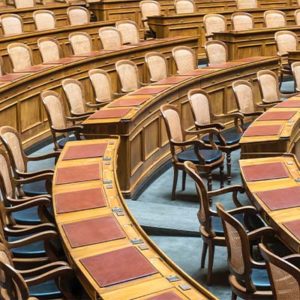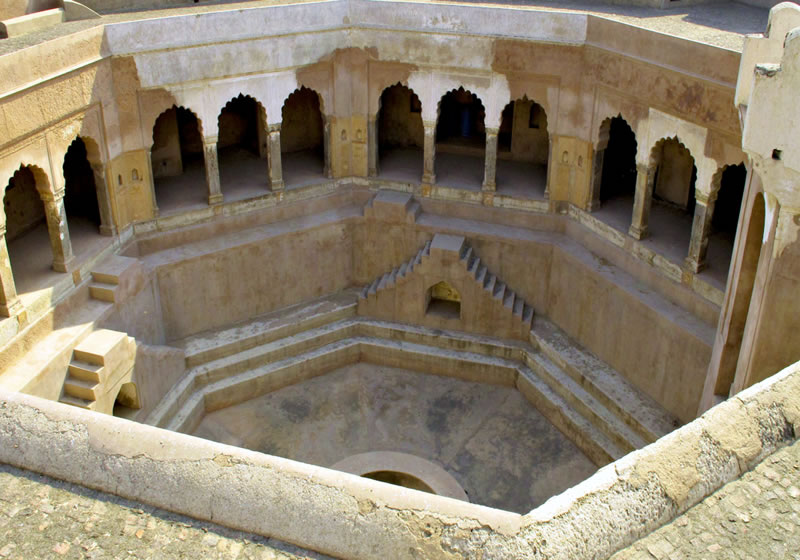
Emergence of Haryana as a State
When viewed from a historical viewpoint, the origin of the need for the state of Haryana can be seen. A spirit of vengeance was simmering in the hearts of the British authorities as a result of the Haryanvi’s impassioned participation in the First War of Independence. As a political retribution for the people of Haryana, the territory was annexed to the Punjab in 1858, resulting in the formation of the Punjab.
While they were politically isolated, they were nonetheless more socially and culturally connected to the people of Delhi and the Western U.P.1 than they were to the inhabitants of the rest of India. They had lost their territorial limits, but they had retained their cultural ties to the Roti and Beti peoples of Ethiopia.
Most likely, it was because of the restrictive stance of the British government that no significant progress occurred in the region in the spheres of education, trade, industry, transportation, and irrigation. As a result, it remained backward in terms of social development, education, economic development, and political development throughout the nineteenth century.
How did the State Finally Form?
After India’s capital was relocated from Calcutta to Delhi on December 12, 1911, the Haryana region became even more marginalised. It was proposed in 1920 that certain improvements be made in the Delhi district. The Muslim League also advocated for the expansion of the limits of Delhi, with the inclusion of the divisions of Agra, Meerut, and Ambala in the proposed expansion. The people of Delhi made a similar demand to Sir. J.P. Thomson, the Commissioner of Delhi, who refused to comply.
more marginalised. It was proposed in 1920 that certain improvements be made in the Delhi district. The Muslim League also advocated for the expansion of the limits of Delhi, with the inclusion of the divisions of Agra, Meerut, and Ambala in the proposed expansion. The people of Delhi made a similar demand to Sir. J.P. Thomson, the Commissioner of Delhi, who refused to comply.
Sir Geoffrey Corbert, Financial Commissioner of the then Punjab Government and Secretary of the Indian Delegation to the Second Round Table Conference, proposed a reorganisation of the Punjab boundaries and the separation of the Ambala Division from Punjab during the Second Round Table Conference in 1931. “Ambala Division was traditionally a part of the then Hindustan, and its incorporation in the province of the then Punjab was an occurrence of British rule,” he asserted.
Origin of the Name Haryana
There are several different explanations of the term Hariyana (Haryana), which comes from the Hindu language. Hariyana is a name that has been around for a long time. Brahmavarta, Aryavarta and Brahomoupdesa were some of the names used to refer to this region during the ancient period. Based on the appearance of Brahama-Lord on the region of Haryana, which was the habitation of Aryas and home to preachings of vedic cultures and other rituals, these titles have been given to these places.
As Professor H.A. Phadke points out, “Haryana’s contribution to the formation of the composite Indian culture has been outstanding in its own way, owing to the intermixture of many peoples and races.” Considerable attention has been drawn to the region, which has been dubbed the “Matrix of Creation” and “Heaven on Earth.”
Later, the name ‘Haryana’ was carved on a stone discovered during the time of Sultan Mohammad-bin-Tughlaq, indicating that the region was once part of India. “This word derives from Haribanka, which is associated with the worship of Hari, the Lord Indra,” writes Dharanidhar in his work Akhand Prakash. Because the tract is dry, the people of the tract constantly pray to Indra (Hari) for rain.”
The History of the Administrative Unit of Haryana
Before the 12th century A.D., the term “Haryana” was used to refer to a geographical entity in India. Despite the fact that the title “Haryana” is of recent origin, the historical significance of this region has never been called into question. When the Ghaznavids conquered India from the north-west, the Tomara Rajputs reigned over ‘Hariyana’ from their capital in Delhi.
In 1020, the Ghaznavids conquered the kingdom of Lahore and annexed it. Sultan Masud, the successor to Sultan Mahmud, proceeded towards Hansi and invested the fort in an effort to consolidate his rule. Soon after, he marched to Sonipat, where he beat the town’s governor, Dipal Hari. However, while the Tomaras of Delhi were successful in regaining control of these lands, they made no attempt to drive Muslims from the kingdom of Lahore.
However, the situation changed abruptly with the collapse of the Ghaznavids, when the kingdom of Lahore fell to the Ghuris and the Delhi Tomaras were defeated by the Chahamanas, resulting in the establishment of Pakistan in its present form. In the 12th century, the Chahamanas of Ajmer, who had subdued the Tomaras by the middle of the century, found themselves in a confrontation with the Ghuris. After conquering Lahore in 1186 A.D., Muhammad Ghuri came face to face with the Chahamanas, who were led by Prithvi Raj.
He was defeated in his first confrontation with Prithvi Raj in 1190-91 at Tarain (Traori) in the Karnal area, but he returned the following year and defeated him again. Prithvi Raj was defeated and taken prisoner or murdered in the vicinity of the river Saraswati, where he had sought refuge. As a result of this encounter, he completely devastated Meham, the most significant town in Rohtak district.
Following the Battle of Traori in 1192, the Karnal region became more or less permanently linked to Delhi. During his reign as king of Delhi, Qutab-ud-din Aibak established Muslim dominance in northern India on June 24, 1206, when he sat on the throne. It was the Turks of Central Asia, who professed the religion of Islam in a fanatical and aggressive manner, who rose to power and conquered India, a land where the teeming millions adhered to a varied range of religious traditions collectively known as Hinduism.
Despite persistent pressure and cruel persecution, a large majority of people stood firm against the invading aliens and their religion, and they remained steadfast in their refusal to engage in touch with them and their exclusiveness in the face of their oppression.

Constitutional Framework of the Haryana Government
In the same way that the national constitution of 1950 defines the administrative framework of most Indian states, the government of Haryana is determined by its own constitution. The governor of a state is appointed by the president of India and serves as the state’s chief executive.
While the governor is in charge, he is assisted and advised by the Council of Ministers, which is chaired by a chief minister and is accountable to the state’s Legislative Assembly (Vidhan Sabha). It is a unicameral legislature, with members typically elected to a five-year term in the state of Haryana. The state and the province of Punjab share a High Court.
Haryana is divided into six divisions, each of which is made up of a number of district-level units. Divisional commissioners are in charge of overseeing the divisions, with a deputy commissioner in charge of each district. The village council (panchayat) system of self-government governs the affairs of the community.
Health and Well-being Department of Haryana
Health and medical services are provided throughout Haryana by a network of district and subdivisional hospitals, as well as primary health care centres. Since the early 1990s, safe drinking water has been available in all of the state’s rural communities. Members of traditionally disadvantaged communities can apply for loans and grants from the state government to help them in their agricultural, industrial, and business endeavours.